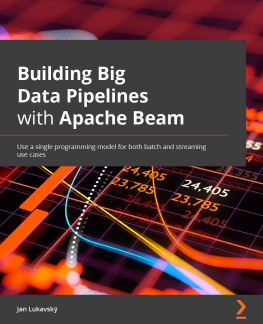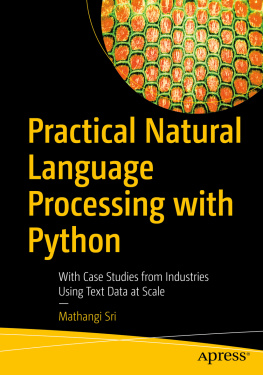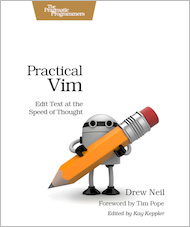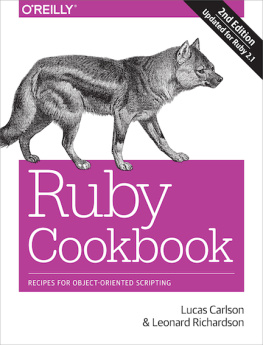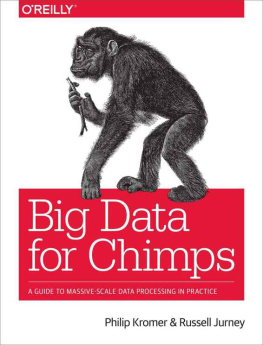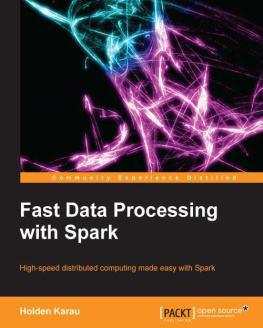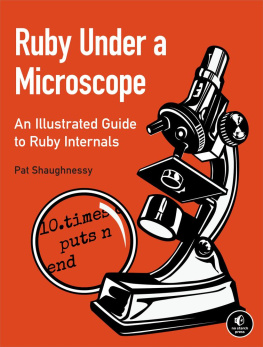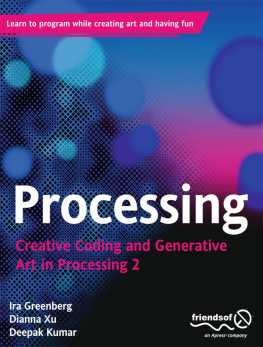Jay Godse [Jay Godse] - Ruby Data Processing: Using Map, Reduce, and Select
Here you can read online Jay Godse [Jay Godse] - Ruby Data Processing: Using Map, Reduce, and Select full text of the book (entire story) in english for free. Download pdf and epub, get meaning, cover and reviews about this ebook. year: 2018, publisher: Apress, genre: Computer. Description of the work, (preface) as well as reviews are available. Best literature library LitArk.com created for fans of good reading and offers a wide selection of genres:
Romance novel
Science fiction
Adventure
Detective
Science
History
Home and family
Prose
Art
Politics
Computer
Non-fiction
Religion
Business
Children
Humor
Choose a favorite category and find really read worthwhile books. Enjoy immersion in the world of imagination, feel the emotions of the characters or learn something new for yourself, make an fascinating discovery.
- Book:Ruby Data Processing: Using Map, Reduce, and Select
- Author:
- Publisher:Apress
- Genre:
- Year:2018
- Rating:4 / 5
- Favourites:Add to favourites
- Your mark:
Ruby Data Processing: Using Map, Reduce, and Select: summary, description and annotation
We offer to read an annotation, description, summary or preface (depends on what the author of the book "Ruby Data Processing: Using Map, Reduce, and Select" wrote himself). If you haven't found the necessary information about the book — write in the comments, we will try to find it.
After reading this book, you will have a deeper understanding of how to break data-processing problems into processing stages, each of which is understandable, debuggable, and composable, and how to combine the stages to solve your data-processing problem. As a result, your Ruby coding will become more efficient and your programs will be more elegant and robust.
What You Will Learn
- Discover Ruby data processing and how to do it using the map, reduce, and select functions
- Develop complex solutions including debugging, randomizing, sorting, grouping, and more
- Reverse engineer complex data-processing solutions
Who This Book Is For
Those who have at least some prior experience programming in Ruby and who have a background and interest in data analysis and processing using Ruby.
Jay Godse [Jay Godse]: author's other books
Who wrote Ruby Data Processing: Using Map, Reduce, and Select? Find out the surname, the name of the author of the book and a list of all author's works by series.

![Jay Godse [Jay Godse] Ruby Data Processing: Using Map, Reduce, and Select](/uploads/posts/book/124108/thumbs/jay-godse-jay-godse-ruby-data-processing-using.jpg)
